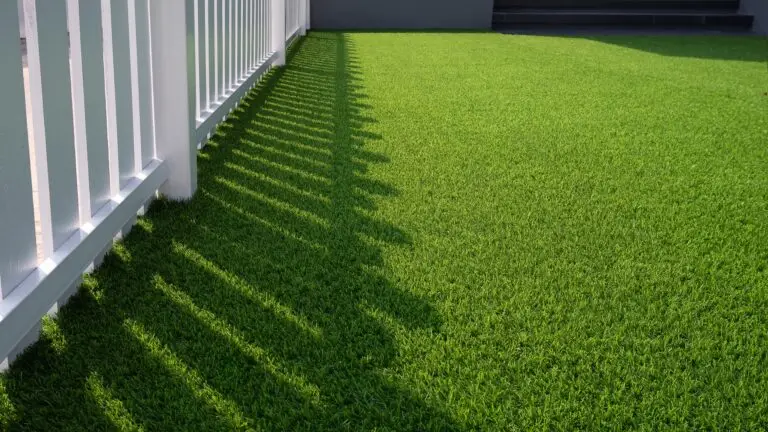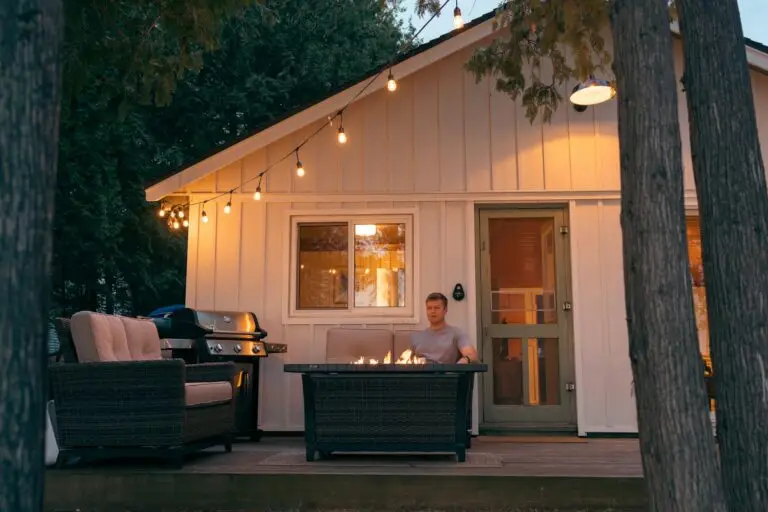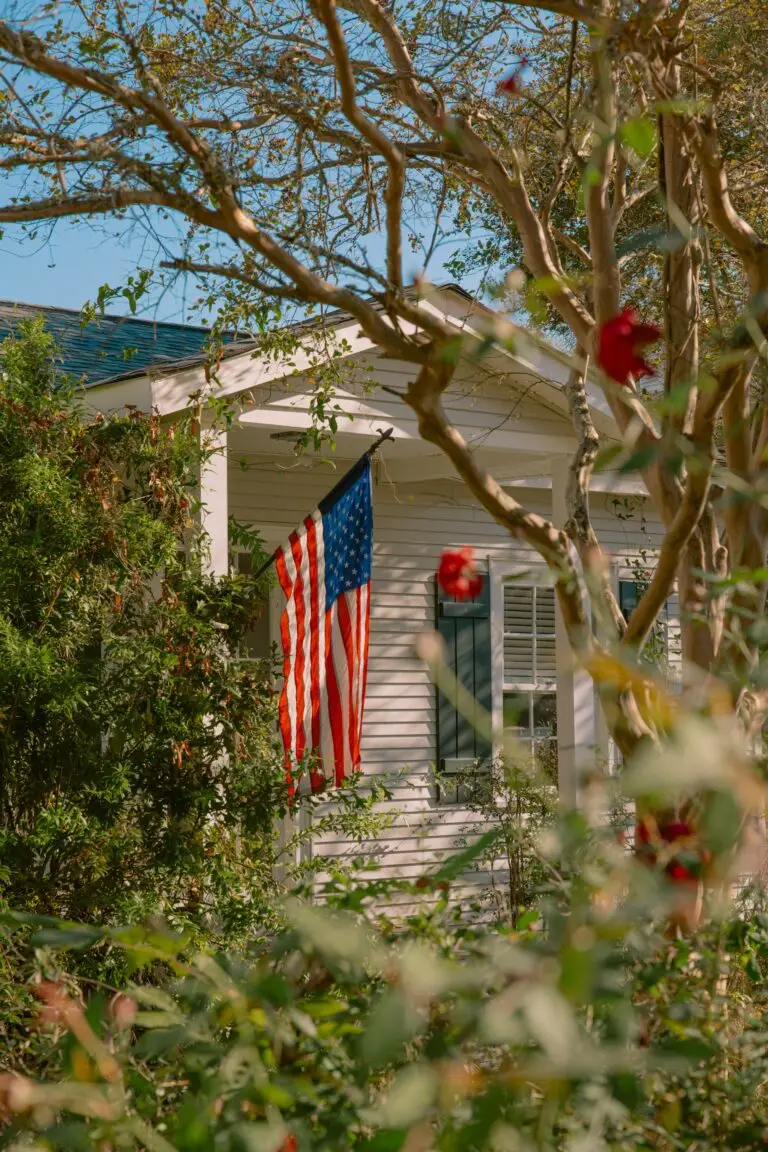Many clients come to us with the question: What are my rights when I experience water intrusion and/or damage to my home? The answer requires analysis of the cause of the leak, the homeowner’s CC&Rs, and other information.
Many HOA’s are responsible for the maintenance and repair of common area plumbing – for example, the pipes between walls of two units, under the flooring, or other generally inaccessible areas. In the event of a leak, the homeowner should immediately report the leak to the HOA or its property manager. Assuming the leak originated from one of these common area pipes, the HOA may be responsible for inspecting the damage and repairing the leak. If the HOA failed to properly inspect and maintain the plumbing before the leak, or delayed in repairing the leak causing additional damages, that could be evidence of the HOA’s negligence. Generally, if the HOA is negligent in its duties repairing the plumbing, it is responsible for water damage inside the homeowner’s unit, including damage to flooring, furniture, cabinetry, and other property.
Homeowners should do their best to document the damage as soon as they notice the leak. Photographs of the leak will help document the homeowner’s damages, where the water is coming from, and how the damage spreads. Emails and text messages to and from the HOA and/or property manager will prove the HOA was on notice of the leak, any admissions by the HOA or its agents, and the homeowner can then develop a timeline of the damages and HOA response. Phone calls to the HOA and property manager, while expedient, do not preserve the evidence a homeowner may need later to prove their case. All of this is critical to developing the homeowner’s claims against the HOA, should the HOA fail to take the necessary steps to protect the homeowner’s property.
After experiencing water intrusion, homeowners only have a specific amount of time in which to file a claim against the responsible party(ies), otherwise, they will lose the right to make that claim. This time limit is known as the “statute of limitations” for the claim. It is often difficult to identify when the clock starts on these deadlines, and which deadline applies. There are typically three different statutes of limitations relevant to a water intrusion claim, depending on who is responsible for the leak. The statute of limitations for property damage is three years. (Code Civ.Proc. § 338.) The statute of limitations for breach of contract is four years. (Code Civ. Proc. § 337.) The statute of limitations on an action to enforce CC&R’s is four years from the date of Plaintiff’s demand that the association repair his property. (Cutujian v. Benedict Hills Estates Assn. (1996) 41 Cal.App.4th 1379, 1388-89.)




